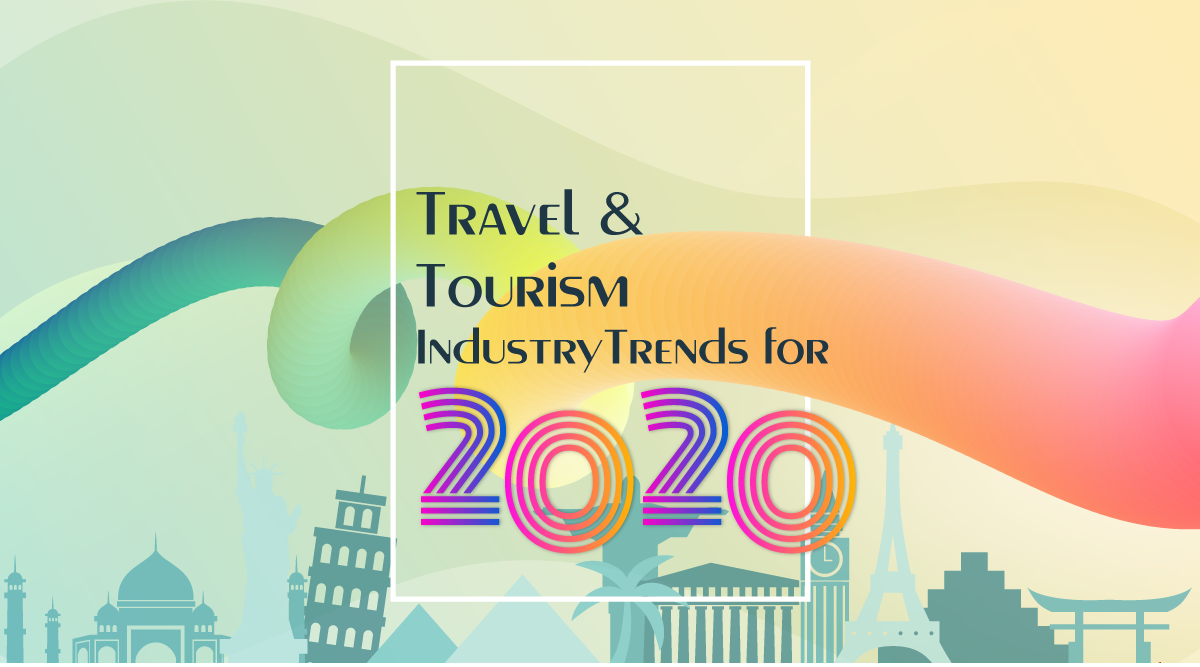
Fashion analytics is used to help retailers predict what products will be in demand. It works by tracking the items that consumers buy online and then analysing this data. Retailers can then use this data to predict what products will be in fashion and which ones will not. This allows retailers to mark down their inventory and stay competitive. Implementing fashion analytics is not easy. This article will explain how leveraging big data can help you with fashion analytics.
Importance of data integration in fashion analytics
Many benefits come with big data, including personalized customer journeys and better-targeted merchandise. However, consumers have to trust that these data will be used responsibly and with their consent. This is possible by creating a safe and secure environment and being transparent about how and why they collect consumer data.
Fashion is a dynamic industry that requires big data. This data is being used by retailers to develop new products, track consumer behavior and decide what customers want. Despite the rise of e-commerce, those who use big data to make these choices will be competitive and successful.

Data integration facilities allow you to easily access data from different sources and increase your dataset's value. They can help you develop your business quickly and safely. For example, high-end fashion brand Derek Rose was using Microsoft Dynamics and salesforce to manage customer relationships and accounts. But they were missing business development opportunities and weren't using their direct resources as fully as possible.
Advanced analytics in fashion industry: challenges
The fashion industry has been unable to predict trends or adjust production to suit consumer preferences. This can often lead to excessive inventory levels or discounts that reduce gross margins. Advanced analytics can solve these problems and allow fashion retailers to better serve their customers. Data-driven analytics can increase customer satisfaction and conversion rates through a combination business intelligence and consumer information.
Data-driven analytics can help retailers analyze data from both online and in-store sales to determine which products are selling well and which are not. For example, retailers can use analytics to make better predictions about the size and style of clothes customers will buy. This insight can be used to help customers fit better and reduce returns. This information can be used to compare prices with other retailers and increase accuracy in their sales and demand forecasts.
Fashion retailers are also faced with additional challenges like shifting seasons and the need to bring in the correct colors and sizes at just the right moment. In addition, retailers must also manage inventory and face problems such as incorrect inventory and mismatched inventory. Fashion retailers are also faced with challenges such as product returns or markdowns. This can negatively impact the profitability of online stores.

Benefits of leveraging big data in fashion analytics
Fashion companies can make use of big data in fashion analysis to better understand customers. This type of data can be found online and used to help fashion companies segment their customers, identify purchasing patterns, and offer better products. Fashion analytics can help retailers predict future sales and identify emerging trends.
Predictive analytics includes demand forecasting. It is an AI-driven process which predicts the future demand. This can help retailers reduce inventory costs while maximising sales. Using a predictive analytics model can help retailers determine the best times to transfer inventory or increase sales.
Big data can make it easier for companies of all sizes to make better decisions. For example, Starbucks uses data to predict store success and predict future performance. This allows the company to avoid opening unprofitable places. Companies can also use big data to analyze consumer behavior and predict new fashion trends.
FAQ
What is Gen Z's interest in 2022 and what are they looking for?
Preparation is key to the future. It means that we need to know where we are headed and how we will get there. This requires us look back more often to see the trends shaping today's world.
It also involves looking ahead and anticipating new technologies and innovations that will transform our lives and work.
Because of this, we are here for each other to learn, share information, and help solve each others' problems. Because the future will depend on us. It's our responsibility to ensure a bright future.
This requires us to look back at the past and project the future. We need data to do this. There are lots of data. Data that shows how young people feel about the future and what they care about now.
Data that helps us understand what motivates and frustrates our customers. Data that allows us to understand their priorities and what they don't.
What are the emerging consumer trends in tourist?
The key to success in any industry is to stay ahead of the curve. You'll be left behind if you aren't thinking about how consumers behave now. That's why it's important to watch for emerging consumer trends.
The rise of social media is the most important trend impacting travel. Social media allows consumers to share more information about what they do, where they went, and how they feel about it. Travelers are more aware of where they go and share their experiences with the world.
Twitter and Facebook allow users to share photos and videos with their friends and followers. As a result, these sites are playing a huge role in shaping our understanding of destinations. Social media helps us to connect with locals and learn about the culture.
Another important change is the rapid growth of mobile tech. Smartphones and tablets are being used more than computers by people. ComScore reports that smartphone penetration has increased from 23 percent in 2011 (to 27 percent last year), to be exact. Mobile devices are changing how we interact and access information and giving us new ways to communicate. There are apps for almost every aspect of life, including booking flights, ordering food, checking weather forecasts, finding directions, and watching movies.
Mobile technology is changing the way we travel too. From our phones, we can make reservations at restaurants, view maps, read reviews and book hotels. We can check email while waiting in line at restaurants and museums, and we can listen to music while driving. All of these innovations mean we can travel smarter, quicker, and more efficiently.
These two big shifts are not the only ones that affect travel. There are also many smaller trends that impact travel. People use their smartphones to locate attractions, events and activities in their area. Apps such as Foursquare and Yelp helped them plan trips based on recommendations from friends. These tools are revolutionizing the way we see and experience cities.
There are also a growing number of companies offering services aimed specifically at tourists. These companies offer customized tours as well as transportation, accommodations, or other amenities. They assist visitors in enjoying the city without all the planning.
Travel marketers have plenty of opportunities to capitalize on these trends. But it takes smart marketing strategies to identify which ones apply to your business and which won't matter much when attracting customers.
What will consumers buy post-pandemic 2022?
Consumers will continue purchasing products that can help them live a healthier life and protect them from illness. This includes foods like snacks, drinks, petfood, and supplements.
They also tend to spend more money on health insurance, which is expected to increase by 10% per year for the next decade.
The biggest change we expect is an increased focus on wellness and prevention. Products that promote healthy lifestyles, and prevent disease will be sought after by consumers.
This means we need to invest in products that make it easier to sleep, lessen stress, and keep our hair and skin looking young.
Because of the pandemic, healthy living will be more important to shoppers. This will result in higher spending on preventative healthcare.
What do teenagers buy the most?
Although there is a lot data available on consumer trends, none of it is useful for us. So we had a look at the data ourselves. We wanted the data to show us which products or services teens had purchased. We also looked at how the purchases have changed over the years.
Even us were shocked by the results. We were surprised to see that teens are fairly frugal when it came to shopping habits. They spend more money on clothes that any other group except books. They also spend more money on technology than any other age.
Teens are also big spenders on mobile phones, computers, and tablets. The devices were bought by nearly $2 billion in total by children aged 13-17 last year.
However, what is most striking is the fact that while they spend a lot for electronics, they don't spend as much on their smartphones. Apps make up less than 1% of teen smartphone usage.
This means that most of them use smartphones to surf the internet. They're using Snapchat and Facebook. They use Facebook and Snapchat to play games on Xbox, PlayStation, Nintendo, and Nintendo.
In short, they use their phones to connect with friends, watch videos and play music.
This is an interesting trend. It indicates that teens are more dependent upon their smartphones, which is reasonable considering that they spend more online.
They're also spending more time watching TV. Teens are now spending more time on TV per week than any other age group, except for children between the ages of 5 and 9.
There are many reasons they turn to TV. It's easier for them to control. Even though they've access to various digital options, they tend to stick to traditional media.
Another reason is the variety it provides. It's a joy for children to switch channels.
Finally, it's fun. Teenagers love being allowed to interact with characters in the screen, whether it be talking to their favorite celebrities, or exploring new worlds that allow them to become heroes.
Despite all of this, they are unhappy with the quality content they see. Common Sense Media's survey found that 90% parents think their children would rather see less TV if there were better shows. A majority of parents prefer that their children play video games over watching TV.
This shouldn't come as too much of a surprise. After all, we know that kids who spend more time watching TV are more likely to be obese. Harvard University recently conducted research that supports these findings.
It was found that every additional hour of TV watching per day was associated to a 2.5-point rise in the BMI among children between 6 and 11.
We should start to think about ways that we can help our kids move away from the screen. We should ensure that our children have healthy snacks and drinks.
Or maybe we should encourage them into sports. The latest data shows that physical activity levels have declined across all age categories. This is why we need to do something.
Good news is that young people can make improvements to their health. You just need to look at the evidence.
Statistics
- Just 5% of consumers expect to wait until December to begin shopping, while more than 70% said they'd start before Thanksgiving. (junglescout.com)
- 56% of respondents stated they held off on traveling for major entertainment events last year, but have plans to return to these events this year.1 (americanexpress.com)
- 70% of parents surveyed agree that in 2022 they are planning to take their first international trip with their children since before the pandemic. (americanexpress.com)
- The percentage of shoppers likely or somewhat likely to purchase top social platforms increased across the board in the third quarter of 2022 compared to the second, with TikTok seeing the largest jump. (junglescout.com)
- OTC Medicine 57% Beauty & Personal Care 52% Vitamins & Dietary Supplements 51% Home & Kitchen 47% Top retailers where consumers are shopping in 1. (junglescout.com)
External Links
How To
What are the newest trends in the tourism industry?
So many changes are happening right now in the world of travel and tourism. This industry is changing rapidly thanks to technology and innovation.
There are many options for people to travel more than ever before. We've seen self-catering accommodation becoming more popular. This means that travelers can choose where they want to stay based on their preferences.
More people are also choosing to book holidays online and in advance rather than waiting till the last minute. They want to make sure they get the best deal and value for their money when they book.
Flexible payment options are offered by many companies, including monthly and yearly. Customers are able to save money as they plan their trip.
Another trend that is becoming increasingly popular is the sharing economy. To save money, people rent out their cars and spare rooms to others.
Airbnb is one of many apps that allow you to rent your home or property to other people. These services can help people save money as well as earn extra income.
The rise in popularity of social media platforms like Instagram, Facebook and Twitter has allowed travelers to connect with local business and meet fellow travellers. This makes travel much more enjoyable and easier.
These are just a few examples of the many innovations and changes happening in the industry. We have many options to travel and experience new cultures and places.